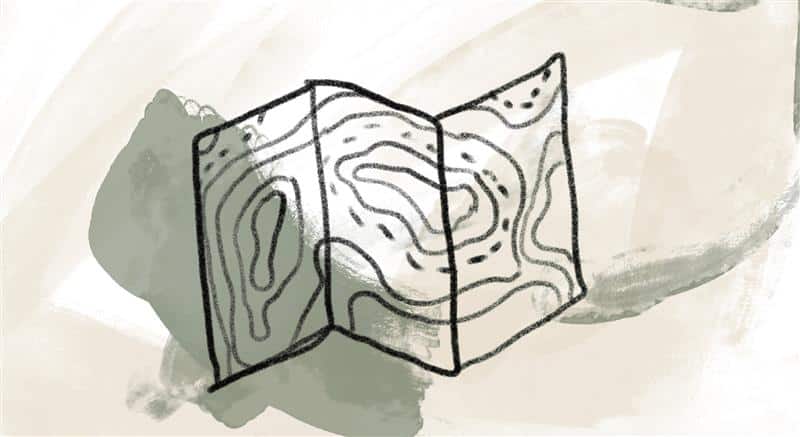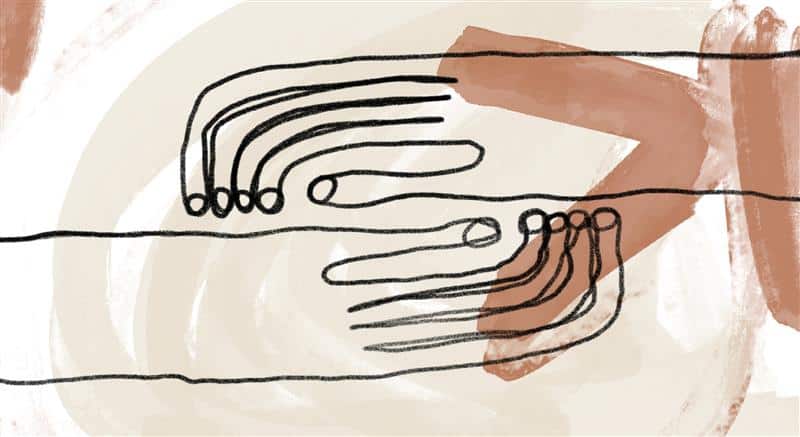
Father Richard considers what we can learn from the first Bible of nature:
The first act of divine revelation is creation itself. The first Bible is the Bible of nature. It was written at least 13.8 billion years ago, at the moment that we call the Big Bang, long before the Bible of words. “Ever since God created the world, God’s everlasting power and divinity—however invisible—are there for the mind to see in the things that God has made” (Romans 1:20). One really wonders how we missed that. Words gave us something to argue about, I guess, while nature can only be experienced, and hopefully enjoyed and respected with admiration and awe. Don’t dare put the second Bible in the hands of people who have not sat lovingly at the feet of the first Bible. They will invariably manipulate, mangle, and murder the written text.
The biblical account tells us God creates the world developmentally over six days, almost as if there was an ancient intuition of what we would eventually call evolution. Clearly creation happened over time. The only strict theological assertion of the Genesis story is that God started it all. The exact how, when, and where is not the author’s concern. This creation story, perhaps written five hundred years before Jesus Christ, has no intention or ability to be a scientific account. It is a truly inspired account of the source, meaning, and original goodness of creation. Thus, it is indeed “true.” Both Western rationalists and religious fundamentalists must stop confusing true with that which is literal, chronological, or visible to the narrow spectrum of the human eye. Many assume the Bible is an exact snapshot—as if caught on camera—of God’s involvement on Earth. But if God needed such literalism, God would have waited for the 19th century of the Common Era to start talking and revealing through “infallible” technology. [1]
Science often affirms what were for centuries the highly suspect intuitions of the mystics. We now take it for granted that everything in the universe is deeply connected and linked, even light itself, which interestingly is the first act of creation (Genesis 1:3). Objects—even galaxies!—throughout the entire known universe are in orbits and cycle around something else. There’s no such thing in the whole universe as autonomy. It doesn’t exist. That’s the illusion of the modern, individualistic West, which imagines the autonomous self to be the basic building block and the true Seer. [2]
Yet all holy ones seem to say that the independent self sees everything incorrectly. Parts can only recognize parts and so split things even further. Whole people see things in their wholeness and thus create wholeness (“holiness”) wherever they go and wherever they gaze. Holy people will find God in nature and everywhere else too. Heady people will only find God in books and words, and finally not even there. [3]
References:
[1] Adapted from Richard Rohr, Things Hidden: Scripture as Spirituality (Cincinnati, OH: Franciscan Media, 2008, 2022), 30–31.
[2] Adapted from Richard Rohr, New Great Themes of Scripture (Cincinnati, OH: St. Anthony Messenger Press, 1999), Audible audio ed.
[3] Adapted from Richard Rohr, Falling Upward: A Spirituality for the Two Halves of Life, rev. ed. (Hoboken, NJ: Jossey-Bass, 2024), 95.
Image credit and inspiration: Jennie Razumnaya, Blooming Peach Garden (detail), 2022, photo, Los Angeles, Unsplash. Click here to enlarge image. We’re invited into the beauty of creation, receiving and offering, just like this artist painting the petals of a cherry blossom.
Story from Our Community:
I often think about life and death as a repeating cycle. When I think of the little girl I used to be, I know she’s gone and I stand in her place…. I no longer see her reflection in the mirror. Instead, I see an older person with wrinkles and grey in her eyebrows. This gives me hope for the future of our world. The constant repetition of death and rebirth means that all will never be lost. We’re in the hands of our Creator who made life restorative and beautiful, always giving birth to something fresh and new.
—Sharon B.




